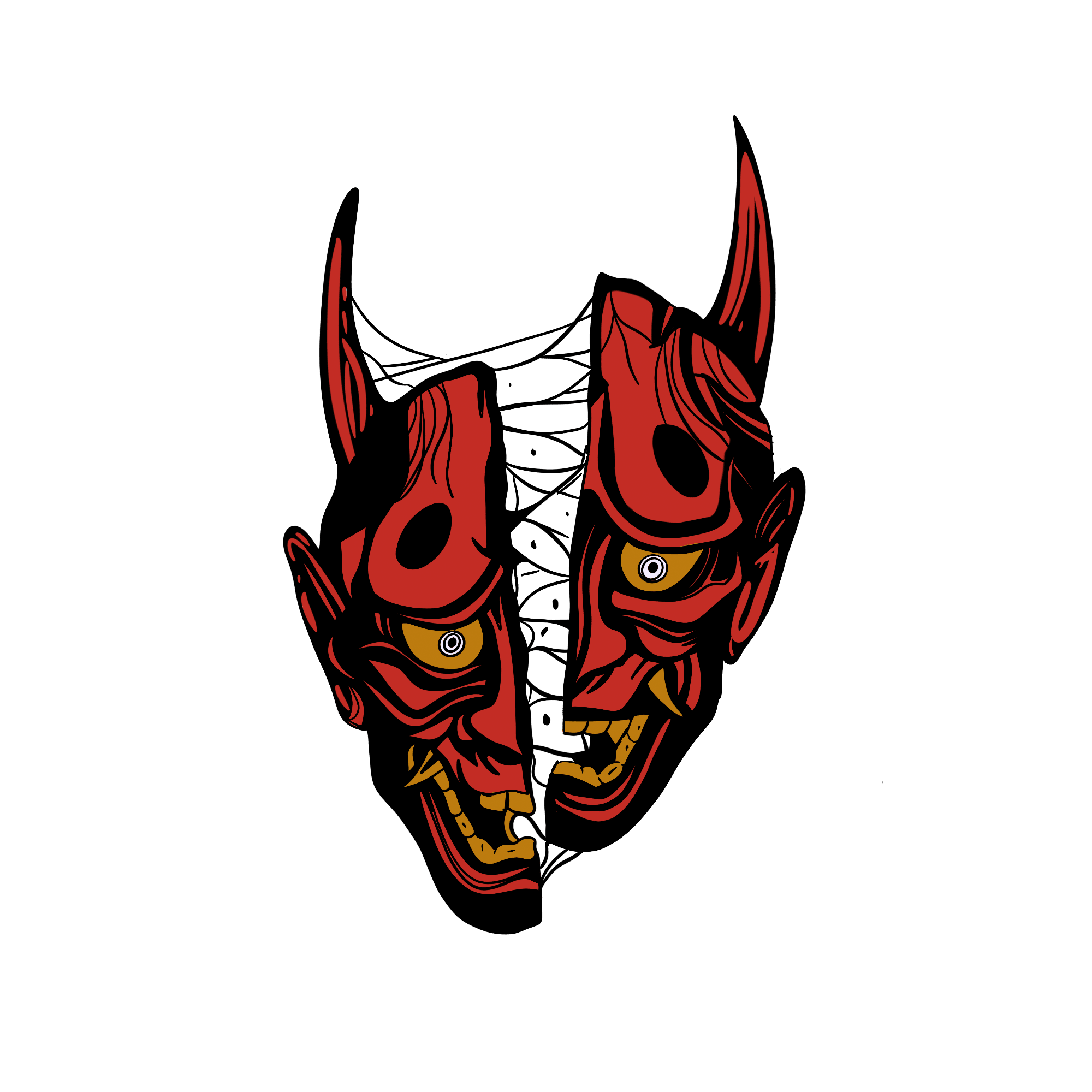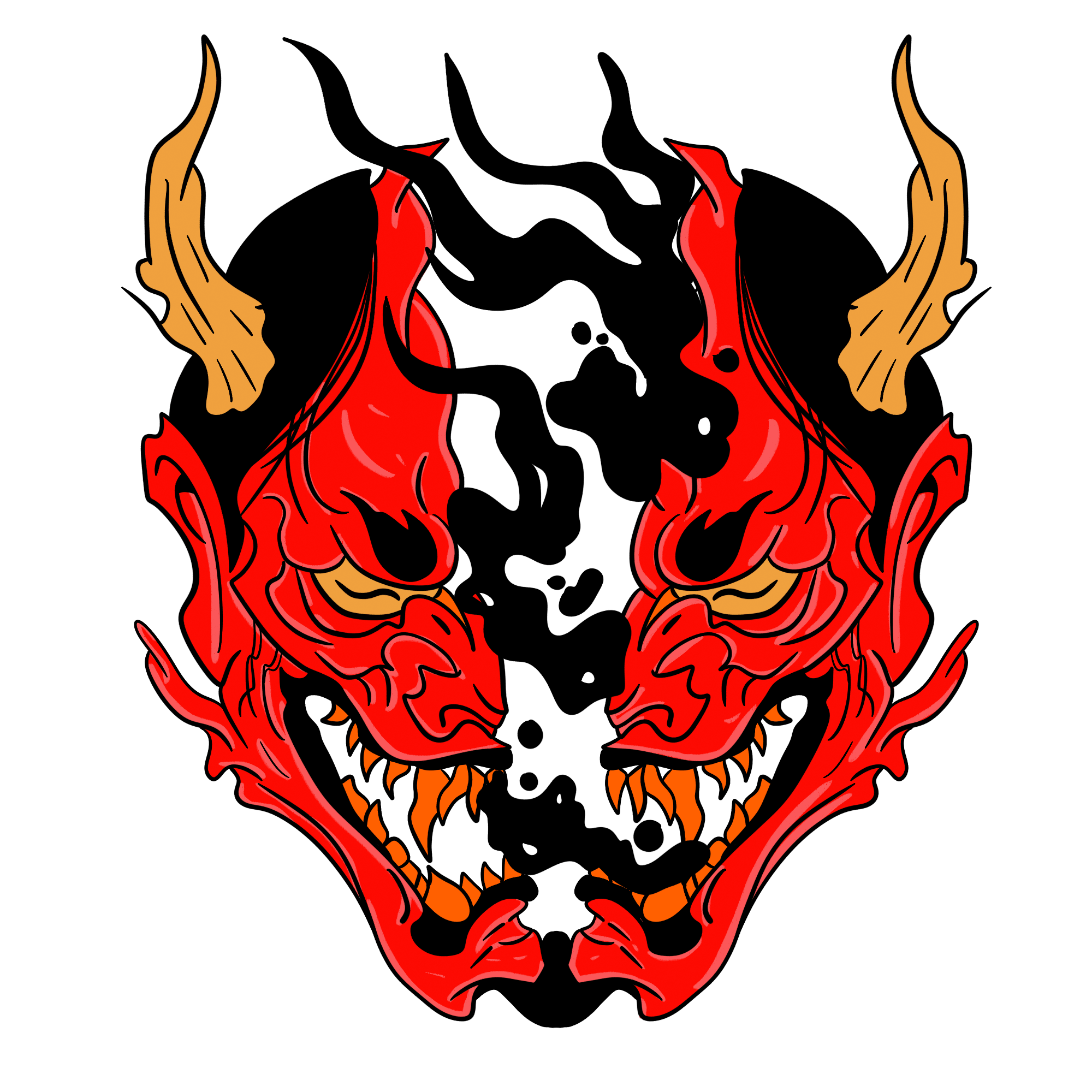Strigae


In the vast tapestry of ancient Roman mythology and folklore, the Strigae emerge as enigmatic and ominous figures. These supernatural beings, often referred to as Roman demons, have haunted the imagination of both the Romans themselves and subsequent generations. The Strigae, believed to be malevolent spirits with the ability to shapeshift into nocturnal creatures, hold a unique place in the realm of ancient mythology.
The Strigae are deeply rooted in Roman mythology and are considered one of the earliest recorded supernatural entities in Roman history. The word "Strigae" is derived from the Latin term "striga," which means "owl." In Roman belief, the owl was often associated with death and the supernatural, making it a fitting symbol for these mysterious beings.
Characteristics of the Strigae:
1. Shapeshifting Abilities: One of the most defining features of the Strigae is their ability to shapeshift. They were believed to transform into various nocturnal creatures, including owls, bats, and wolves, to carry out their malevolent deeds. This shapeshifting ability allowed them to move stealthily through the night, making them even more fearsome.
2. Nightmarish Activities: The Strigae were associated with dark and disturbing activities. They were believed to feed on the blood of infants and engage in nocturnal flights to wreak havoc on the living. These activities struck fear into the hearts of ancient Romans, who took various precautions to ward off these malevolent spirits.
3. Protective Measures: Roman society was deeply superstitious, and people took numerous precautions to protect themselves from the Strigae. These measures included placing protective amulets, such as the "cimaruta," around homes and wearing charms to ward off evil spirits. Additionally, infants were often swaddled tightly and placed in cradles with protective amulets to prevent Strigae attacks.
The Strigae had a significant cultural impact on ancient Roman society. They represented the fear of the unknown and the vulnerability that humans often feel at night. Belief in these malevolent spirits served as a way for Romans to explain the unexplained, such as sudden infant deaths or the eerie sounds of the night.
The Strigae also played a role in Roman religious practices. Priests known as "strixes" were dedicated to appeasing these spirits. They conducted rituals to protect infants and households from Strigae attacks, often invoking the names of protective deities like Hecate and Artemis.
As time passed, the belief in the Strigae gradually waned, but their legacy endured in various forms. The Strigae served as a precursor to later folklore and mythological creatures in European traditions, such as witches and vampires. Elements of their shapeshifting abilities and nocturnal activities can be seen in these later legends.
In literature, the Strigae continued to capture the imagination of writers and artists. They appeared in various forms in Roman literature, including the works of Pliny the Elder and Plautus. Additionally, Strigae have made appearances in modern literature and popular culture, contributing to the enduring fascination with these ancient Roman demons.
The Strigae, these mysterious Roman demons with shapeshifting abilities and malevolent intent, remain a fascinating and haunting part of ancient Roman mythology. They played a significant role in Roman culture, representing the fear of the night and the unknown. While belief in the Strigae has waned over the centuries, their legacy endures in the folklore and literature of subsequent generations, reminding us of the enduring power of myth and superstition in shaping human beliefs and fears.
Demons



